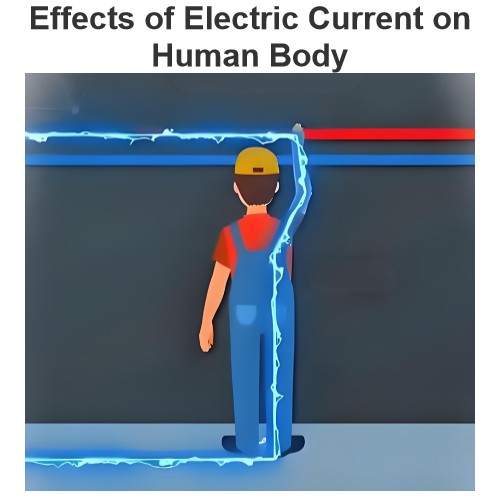What is the most severe fault in a power system?
The most serious faults in a power system usually refer to those that pose the greatest threat to system stability, equipment safety, and power supply reliability. Here are some of the most common types of serious failures in power systems and their effects:
Three-phase Short Circuit
Three-phase short circuit is one of the most serious faults in the power system, it occurs between the three phases of the wire or between one or more phases and the ground short. This fault will lead to a large short circuit current, the impact on the power system is very large.
Impact
A high short-circuit current may cause device damage.
The voltage drops sharply and the power supply quality is affected.
It may threaten the stability of the power system and cause the system to break down.
Single-phase To Ground Short Circuit
Single-phase grounding short circuit refers to the short circuit between a phase wire and the earth. This kind of failure is relatively common, but can also cause system instability.
Impact
Cause current imbalance, increase neutral current.
May cause voltage distortion.
In some cases, the relay protection action may be triggered, resulting in power failure.
Two-phase Short Circuit
Two-phase short circuit refers to the short circuit between two phase wires. This fault is not as serious as three-phase short circuit, but it may still have a greater impact on the system.
Impact
This causes current imbalance and increases the current of the fault phase.
May cause voltage distortion.
The power supply quality is affected.
Two-phase To Ground Short Circuit
Two-phase ground short circuit refers to the short circuit between the two-phase wire and the earth. This fault will also cause a large short circuit current.
Impact
Generates a large short-circuit current, which may cause device damage.
The voltage drops sharply and the power supply quality is affected.
It poses a threat to the stability of the power system.
Open Conductor Fault
A line break fault occurs when one or more wires in a transmission or distribution line break. This failure may lead to power interruption and may cause the relay protection device to misoperate.
Impact
The power supply is interrupted.
The current imbalance may trigger the protection action.
Increased maintenance costs.
Resonant Overvoltage
Although not a typical short-circuit fault, resonant overvoltage is a serious power system fault, especially in low-voltage systems.
Impact
Devices such as capacitors and cables are damaged.
The relay protection device may operate incorrectly.
System stability and power supply reliability are affected.
Troubleshooting
Once the above faults occur in the power system, it is usually necessary to take quick measures to deal with them, including but not limited to:
Quick fault removal: The fault point is quickly removed through the relay protection device to limit the fault range.
Reclosing: For transient faults, automatic reclosing technology can be used to try to restore power supply.
Restore power: Restore power to the affected area as soon as possible after the fault is removed.
Fault analysis and prevention: Through in-depth analysis of the fault, develop preventive measures to reduce the probability of similar failures in the future.
Sum up
In power systems, the most serious failures are those that can cause extreme short-circuit currents, equipment damage, voltage drops, and system instability. Three-phase short circuits are considered to be one of the most damaging faults. Power system operators need to detect, prevent and deal with these faults through various means and technologies to ensure the stable operation of the system and the reliability of power supply.
The Electricity Encyclopedia is dedicated to accelerating the dissemination and application of electricity knowledge and adding impetus to the development and innovation of the electricity industry.













